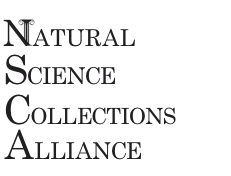NSC Alliance Endorses House Bill to Double NSF Funding
The Natural Science Collections Alliance has endorsed bipartisan legislation introduced by House Science Committee leadership to expand the National Science Foundation’s (NSF) mission and budget. The National Science Foundation for the Future Act (H.R. 2225) proposes doubling NSF’s budget to $18.5 billion over five years and creating a new Directorate for Science and Engineering Solutions (SES) that […]

